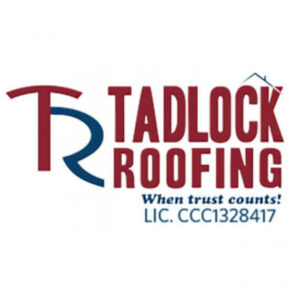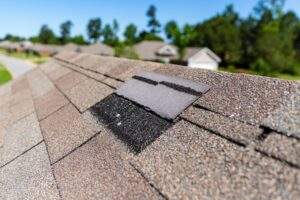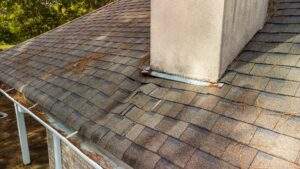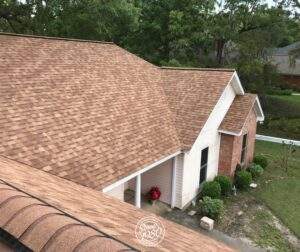Your roof is no small investment and if you’re finding yourself in the market for roof repairs or an entirely new roof, you are likely very familiar with the expected expenses. In fact, you’ve probably asked yourself one of the following questions:
“Why does a new roof cost so much?”
“What goes into the price of a new roof?”
“Will roofing prices continue to rise?”
Over the last decade, roofing materials prices have increased significantly due to a variety of economic and speculative factors and 2018 is certainly no exception. In order to lend some transparency to the factors driving the upward trend in roofing costs we’ve summarized some of the major aspects behind the rising costs of a new roof:
- Commodity Prices:
Oil is a major material used in the manufacturing of roofing supplies, most notably in the production of asphalt shingles. Asphalt shingles are the most commonly selected shingle material for homeowners in the U.S. as they tend to provide homeowners the largest “bang for your buck” due to their affordability and overall durability. In fact, over 70 percent of residential roofs in the United States utilize asphalt shingles. Rising oil prices directly reflect on the price of manufacturing asphalt shingles, and the price of crude oil has almost doubled in the last year alone and unfortunately expected to continue its meteoric rise. - Political Environment:
It’s no secret that political factors also have a great impact on the price of construction materials. Recent announcements regarding increased tariffs on certain industries (steel and aluminum to name a few) have sent the construction industry as a whole in a panic of speculative pricing. Further speculation of a full-out trade war as a result of these newly imposed tariffs will continue to leave the industry guessing, continuing to drive up costs of the raw materials used in roofing supplies and construction in general. - Hurricane Season:
Hurricanes are a fact of life in Florida and it should be no surprise that the largest impact to the price of roofing materials here is contributed to a particularly devastating hurricane season. 2017’s hurricane season turned out to be the most expensive in U.S. history. Hurricanes Harvey and Irma were responsible for the damage to hundreds of thousands of Floridian’s homes at a cost of over $200 billion. Many of these homes are still unrepaired today due to a backlog of availability and supplies. Combining the demand of already-damaged homes with the yearly pre-emptive forecasting of weather events has lead to a shortage of supplies and steeper costs across the industry. - Rising labor costs and shortages:
Since the Great Recession of the early 2000s, the skilled labor industry has taken a significant hit. As the housing industry struggled, many workers migrated to other trades, leaving the construction industry with a shortage of laborers. Coupled with stricter immigration laws, the market for skilled labor has become fiercely competitive, further driving up the costs associated with hiring and retaining quality craftsmen.
Lessening the impact:
- Choosing a contractor you can trust:
The most important decision you can make when it’s time to re-roof is choosing a contractor you can trust. Fly-by-night contractors and “storm chasers” end up costing more in the long run as their often predatory practices favor quantity over quality, especially in disaster-affected areas (see: How to Protect Yourself from Roofing Scams). Your roof is one of the largest investments in your home and choosing the right contractor for the job can pay dividends immediately (see: Roof Replacements Provide Greatest ROI Among Home Remodeling Projects). - Get out ahead of further price increases:
There’s no certain way of knowing where material prices will be next year or even next month, but given the trends in the industry, they will very likely continue to rise. Deciding to invest in your roof sooner than later may save you significant money now versus pushing it off another year.
Tadlock Roofing has been North and Central Florida’s go-to roofer for almost 40 years and has built our reputation on trust. Speak with one of our Roofing Pros today to receive a free, no-obligation estimate for your next roofing project in the Tallahassee, Jacksonville, Pensacola, Orlando or Tampa areas.










